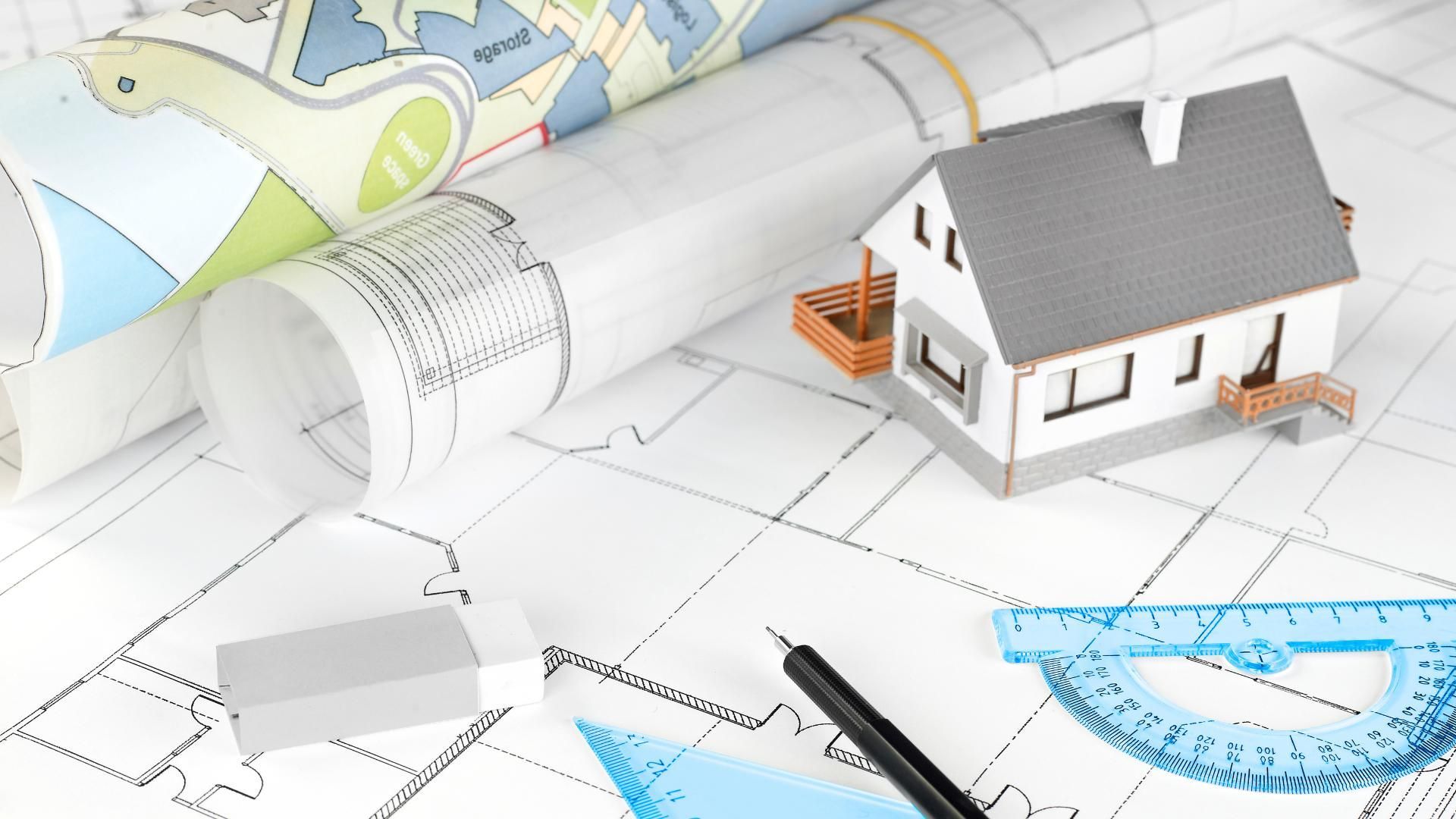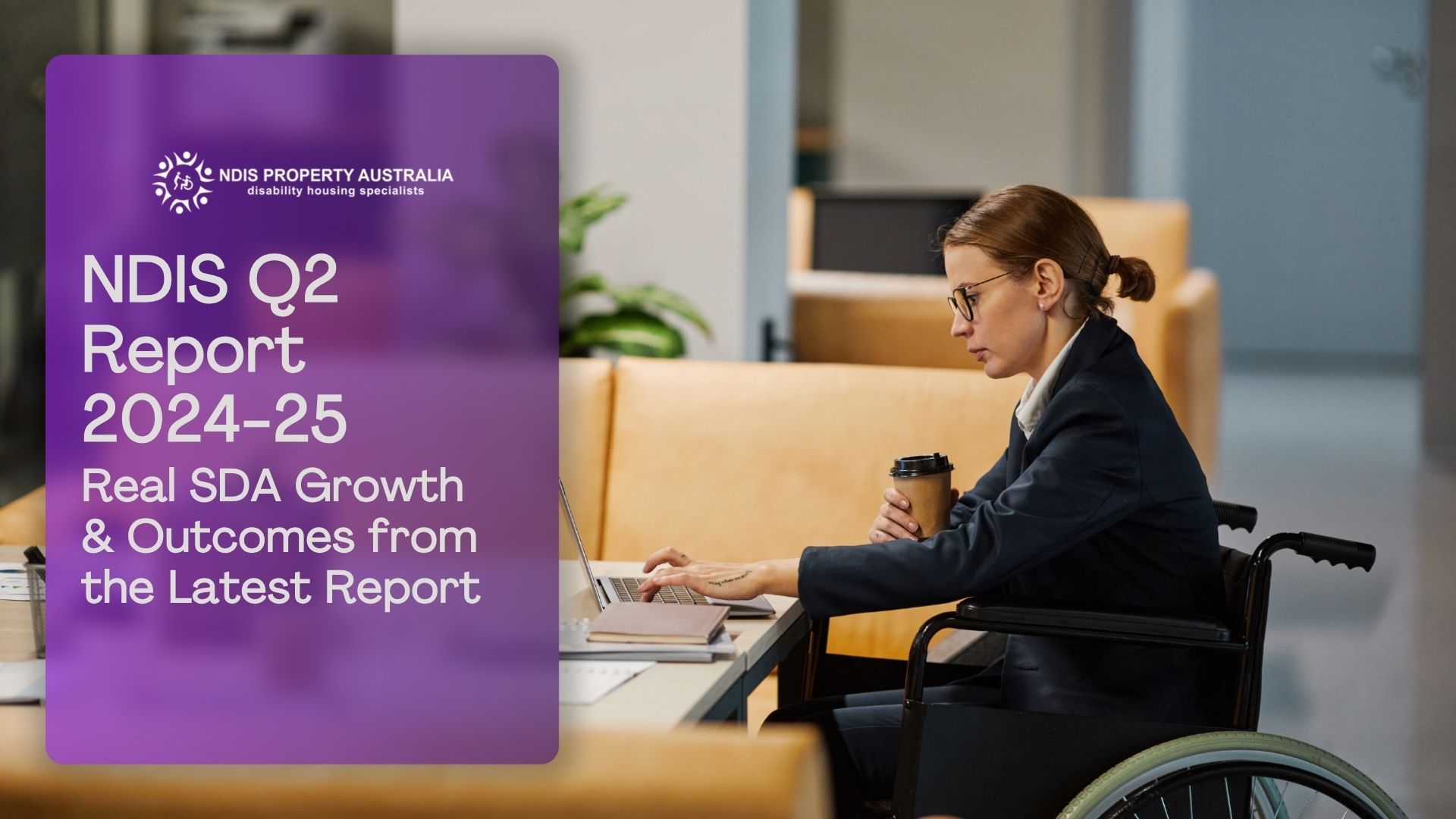Uncertainty in SDA Housing: The Future of Improved Livability and Robust Accommodation in the NDIS
Navigating the world of SDA homes can be complex, especially with the evolving NDIS housing requirements. This includes concerns about accommodating robust participants in shared living spaces and the need for flexible, safe housing designs that cater to diverse participant needs. Additionally, there is a focus on the difficulties faced by investors in navigating these uncertainties and making informed decisions in the evolving SDA market. This article offers insights for successful investment strategies in disability housing.
Read also: What is Supported Independent Living?
The Future of Improved Livability in SDA Homes
Improved Livability is housing that has been modified or built to incorporate a reasonable level of physical access and enhanced features for people with sensory, intellectual, or cognitive impairments. However, the landscape in the area of Improved Livability (IL) is changing. Investors and SDA builders are facing uncertainties about the long-term prospects of IL given recommendations in the recent NDIS Review. Understanding these shifts is important for making informed decisions in the SDA market. As we're waiting for the decision of the government, addressing these challenges requires innovative thinking and collaboration with experienced SDA builders
Robust Housing Challenges
A major concern in SDA homes is also to provide suitable spaces for Robust participants. This challenge is compounded by the knowledge that while the vast majority of Robust participants cannot share a dwelling due to potential conflicts and safety concerns, a small number can cohabit successfully. We have assumed this to be around the 20% mark, however recent intel suggests it may be far less of the Robust participants who can share. The design must minimise potential conflicts and ensure safety for all users and carers working in the property.
Read also:
Short-term Accommodation: What is it and how does it works?
SDA Design Flexibility
Flexibility in design is becoming increasingly important in SDA homes. SDA homes are designed with features that can be easily modified or adapted. This includes adjustable kitchen counters, spacious bathrooms for easy manoeuvrability, and technology integration for enhanced accessibility. This means that while a house may be designed to suit an Improved Liveability client, there may be an option to easily modify the dwelling to a wheelchair-accessible design ie FA or HPS down the track, if spatial requirements are designed up front to meet the higher category design requirements.
This highlights the idea of adaptable floor plans and designs that can cater to different participant requirements, including those who may have conflicts in shared areas like kitchens or require larger areas for accessibility. This approach also helps SDA builders create homes that are both functional and welcoming.
Read also: Everything You Need to Know About Medium Term Accommodation for NDIS Participants
Investor Guidance in the SDA Market
For investors, the shifting landscape of NDIS housing requirements presents both challenges and opportunities. It's important to stay aware of market trends and consider various investment options. here are some tips to navigate through the market:
Exploring Alternative Investment Options
To keep up with the latest developments in the SDA market, Investors should regularly assess the risks involved, particularly in areas with less demand or an oversupply of SDA housing. This knowledge is vital for making informed decisions that yield long-term benefits.
Risk Assessment
Investors should carefully assess the risks, especially in less desirable areas or where there is an oversupply of certain types of SDA housing.
Collaboration and Knowledge Sharing
Engaging with other stakeholders, including SDA builders, experts, and the NDIS community, can provide valuable insights. Collaboration leads to a deeper understanding of the market and helps in identifying opportunities that might not be immediately apparent.
Future-Proofing SDA Investments
Investors should focus on future-proofing their investments. This involves considering the long-term viability of SDA projects and ensuring they meet the evolving needs of NDIS participants. By doing so, investors can contribute positively to the sector while also securing their financial interests.
Conclusion
The challenges of IL and Robust housing, the need for flexible and innovative design, and the importance of informed investment strategies are all critical factors that stakeholders must consider. As the sector continues to evolve, it is the collective effort and shared knowledge of all involved that will drive the development of effective, sustainable, and responsive SDA housing solutions. Staying informed and adaptable is a key to success for investors, understanding the latest trends and working closely with skilled SDA builders can make a positive impact in the NDIS sector.




